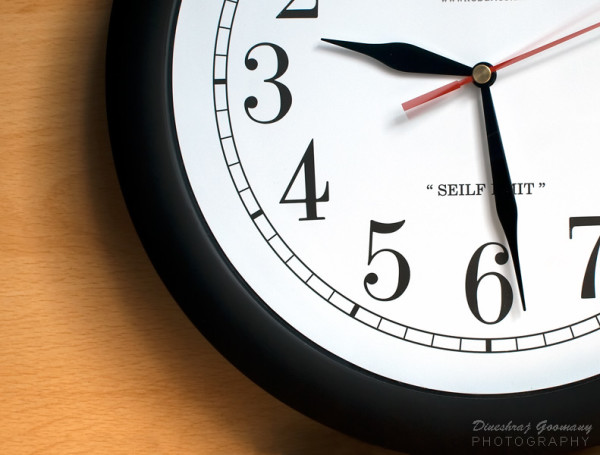With the arrival of the spring comes the “spring forward” daylight saving time observed around the world. In the United States, the spring forward date was Sunday, March 8th at 2:00 AM. Every spring, clocks are moved forward by one hour to mark the start of daylight saving time, an event also referred to as “spring forward.” Towards the end of the fall, clocks are moved back by an hour during “fall back” to conclude daylight saving time (November 1st in 2015).
However, these sudden one-hour time shifts that occur twice a year create challenges to the human body’s internal clock and greatly affects the body’s circadian rhythms. Most organisms and humans exhibit daily, cyclic rhythms in their physiology and behavior, which are collectively referred to as circadian rhythms. The suprachiasmatic nucleus is a group of neurons, located in the hypothalamus of the brain, that is responsible for generating the circadian rhythm that runs on approximate 24-hour cycles. These cycles are largely affected by environmental cues from the physical world, such as sunlight and darkness, and are synchronized to the Earth’s daily 24-hour cycle.
Image Source: Paul Bradbury
Our bodies are used to the daily cycle, but daylight saving time (DST) disrupts the 24-hour light and dark cycle. Thus, we are forced to quickly adjust to the sudden time shift. Skipping forward one hour in the spring makes waking up on Monday morning even more dreadful, because we are essentially forcing our bodies to get up one hour earlier than we are used to. Furthermore, difficulty sleeping during the first night of DST can also lead to less rest on Sunday night. Not surprisingly, an article published in Sleep Medicine Reviews indicates that shifting the sleep cycle by just one-hour can affect sleep for up to a week.
However, some steps may be taken to adjust for the sudden time shift. Going to bed earlier than usual may counter possible restlessness. Extra exposure to sunlight when you first wake up can help alleviate the rough transition period. Another option is to gradually begin sleeping earlier in the week leading up to DST in the spring or going to bed ay later times at the end of DST in the fall. Changing the time you eat and shifting other activities can also impact your circadian rhythm. These little changes may help make waking up during the days after Daylight Saving Time a little less chaotic and more pleasant.
Feature Image Source: Dineshraj Goomany










